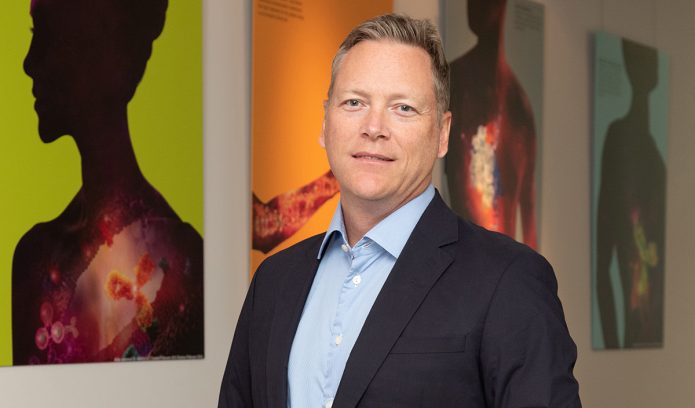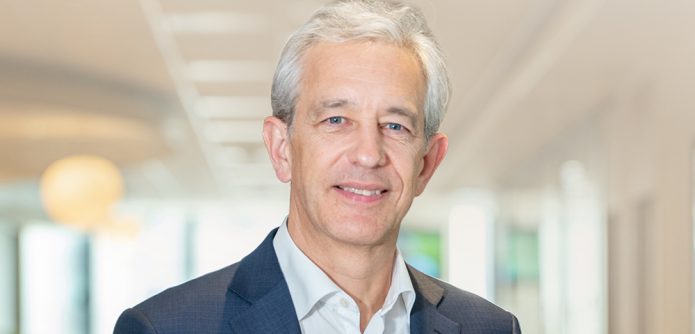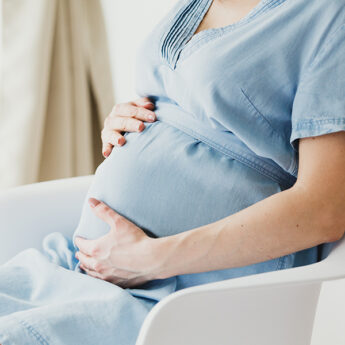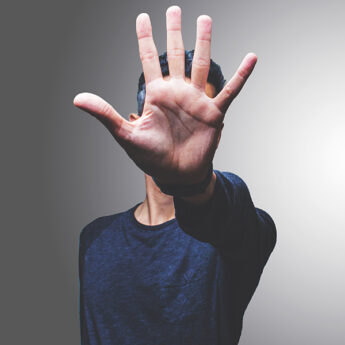In Japan, physical education and healthy habits go hand in hand with the nation’s culture and school system. The undokai (sport festival) is a mainstay of the school year—from kindergarten through high school—and goes well beyond the activity on the field. It is a family event, especially in the primary years, and serves to build communication and teamwork skills.
This bonding over fitness extends to holidays as well. The second Monday in October each year is Health and Sports Day. The date was chosen to honour the opening of the 1964 Tokyo Summer Olympics.
Whether for the traditional sport festival, activities during Golden Week or preparing for Health and Sports Day events, international schools in the Tokyo and Yokohama area are crafting curricula that build healthy habits and nurture well-balanced leaders.
Safety first
Located in Tokyo’s Ebisu district, Poppins Active Learning International School (PALIS) is a comprehensive preschool and kindergarten that combines a British curriculum and high-quality childcare into what they call “Educare”. Healthy habits are instilled daily through co-curricular fitness activities such as swimming, karate, yoga and dance. These promote independence, exploration and problem-solving.
Poppins also developed a Japan-first—a lifesaving programme for children—in collaboration with the Japan Lifesaving Association (JLSA). Launched in 2010, the programme is designed to educate PALIS learners aged 11 months to five years on safety, injury and accident prevention. Betty Shimozaki, director of PALIS, told ACUMEN that the aim is to teach students “how to protect themselves and help their friends”. This is done through simulations and games such as Beach Flags, a sporting event that sharpens reflexes and sprinting abilities.
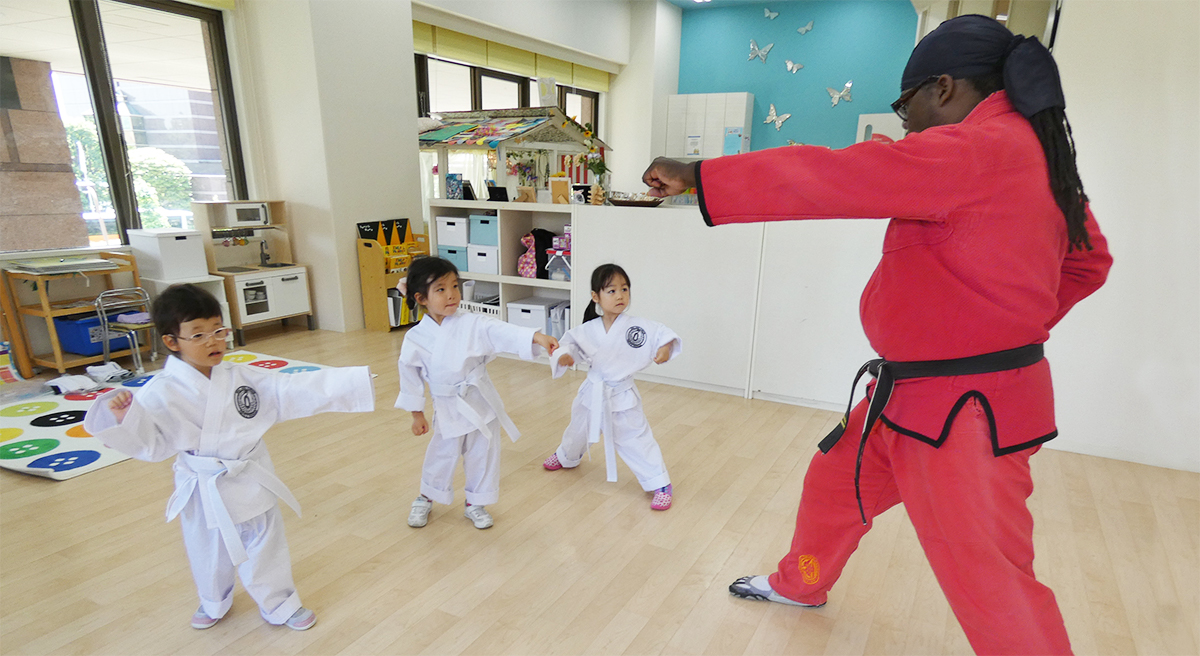
PALIS students learn through daily karate classes.
Hands-on lessons
Lifesaving World Championship silver medallist and seven-time Beach Flags Japan National Title Champion Kenichi Wada teaches life-saving and safety skills to PALIS students. In one of the school’s most notable events, children aged three and over visit Miura Beach in Kanagawa Prefecture to take part in beach games and tour the lifeguard tower.
“Parents are very happy with the progress of their children in sports technique and body management,” Shimozaki said. “This is why we have increased sports activity in our daily programme year by year”.
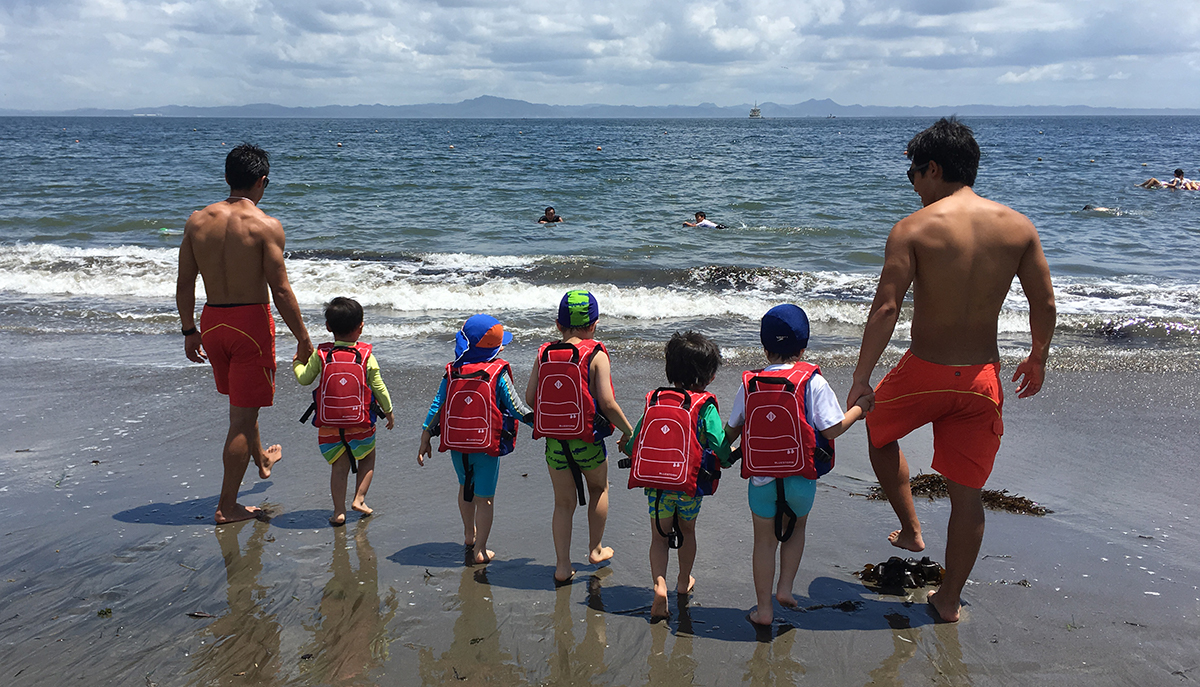
Poppins offers many hands-on learning opportunities.
Starting off strong
In September, Japan will become the first Asian country to host the Rugby World Cup (RWC), which will run through 2 November. And next year, an even bigger sporting stage will be set for the Tokyo 2020 Olympic and Paralympic Games. Recognising that Japan will soon become a sports mecca for thousands of visiting athletes and spectators, schools are leveraging the opportunity to enrich the learning experience.
The British School in Tokyo (BST), initiated the BST 19:20 Project (page 25) to highlight the upcoming sporting events and promote the value of sport for its students.
The 19:20 Project introduces students to opportunities to create and engage in Olympic and Paralympic sports and increases access to elite coaching experiences and visiting international athletes. Since the project’s launch, BST has invited many high-profile guest speakers, including British Olympic Association Chief Executive Bill Sweeney and Koji Tokumasu, director of the RWC 2019 Organising Committee who is also founder and president of the Shibuya International Rugby Club (page 26).
Together with the University of Tsukuba, the school also created the BST Paralympic Project, a five-week course focused on disability sports. At the end of the programme students designed and showcased their own disability sport.
“When we first envisioned it, I never imagined that we’d have the opportunity to give students this chance to actually participate and to devise sports of their own related to disability sports,” said Brian Christian MBE, principal of BST. “I hope this is the sort of project that we will be able to replicate in other year groups in the school”.
Essential outcome
Saint Maur International School in Yokohama encourages students to eat well, exercise and get enough rest. This leads to the Saint Maur Essential Outcomes—or SMEOs for short. Founded in 1872, Saint Maur is the oldest international school in Asia and has perfected its approach to fostering a stream of balanced leaders.
To promote healthy lifestyles in elementary school, Saint Maur offers a range of extracurricular clubs, including Brazilian jiu-jitsu, Irish dance, and kendo. These activities instil core values and healthy habits.
“So many of our students are involved in sporting and fine arts programs—drama, music and art. We set up a schedule so that it is possible to be fully involved in fine arts and sports,” explained Deputy Head of School Annette Levy. “Many students are involved in team sports, yet others work on their own individual fitness plan. We have a lot of choices, so there is no clash about extracurricular activities after the school day”.
For all students, Saint Maur looks to sustain long-term health and fitness levels, and this extends to parents and community members as well through the Adult Enrichment Programme, which dates back to 1992. This programme offers parents various cultural, educational and health-oriented opportunities, including yoga, nutrition and monthly cooking classes. Adult participation in such courses demonstrates to students that learning and staying fit are lifelong pursuits.

Saint Maur’s Irish Dance Club
Pursuit of fitness
Chiyoda International School Tokyo (CHIST) is a private establishment for grades 1–5 that believes physical education is a critical component of a student’s growth. According to Daniel Roebuck of the CHIST business office, “The physical education programme is an inclusive one designed to introduce, support and encourage students to develop an interest in sports, and to enjoy and pursue an active and healthy lifestyle”.
The programme comprises a broad range of fitness activities, including dance, basketball, running and cricket, which CHIST PE Coordinator Chris Larter said “are tailored for each individual so they look at their own growth and are working towards their own individual development”.
The school also takes pride in offering workshops and courses led by renowned professional athletes and trainers, including Brian Joseph of the Professional Golfers’ Association, Liverpool Football Club athletes and Reginald “Reggie” Stovell, a professional basketball player who founded the basketball training organisation High Level Training. This May, CHIST students will partake in the first international-school basketball camp to be led by Stovell in Japan.
CHIST’s efforts to promote fitness education don’t stop there. Expansion of gym facilities are in the works, and Larter said they would like to have a swimming programme.
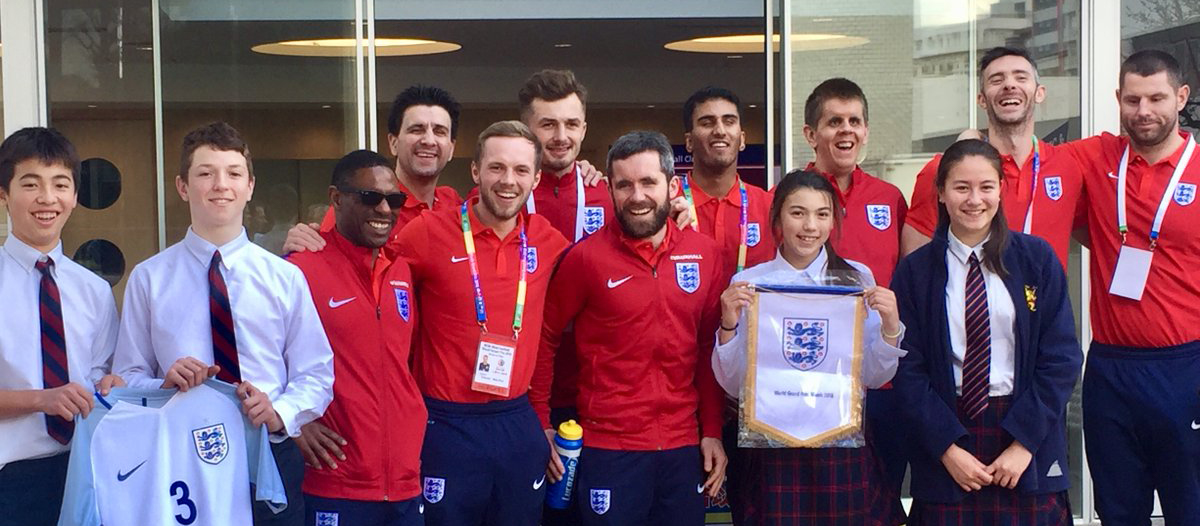
BST pupils gather for the England Blind Football Reception.
Connect the dots
“At Clarence International School, we believe that the development of children’s gross motor skills [e.g., running and jumping] from a young age is of great importance, so we have a structured physical education programme that runs as a key part of our school curriculum,” said Head of School James Krick. “As a relatively new school, we are constantly developing and enhancing our physical education with assistance and advice from our partners and parent body”.
Located in Tokyo, Clarence International School offers physical education activities from the school’s youngest age group: 18 months–six years. All the fitness programmes are customised to the needs of the students and correspond to the curriculum’s monthly theme. “In doing this, we are able to ensure that children have a fun and energetic activity that also has a direct correlation to what they are learning in class,” Krick said.
Clarence International School has received tremendous support from parents and the community. “We are constantly looking for feedback on our school programme and the overall student experience. In doing so, we have really seen parents express their strong desire for their children’s physical education to be developed alongside their academic education,” said Krick. “As such, we have placed continued emphasis on developing and improving our school sports programme”.


